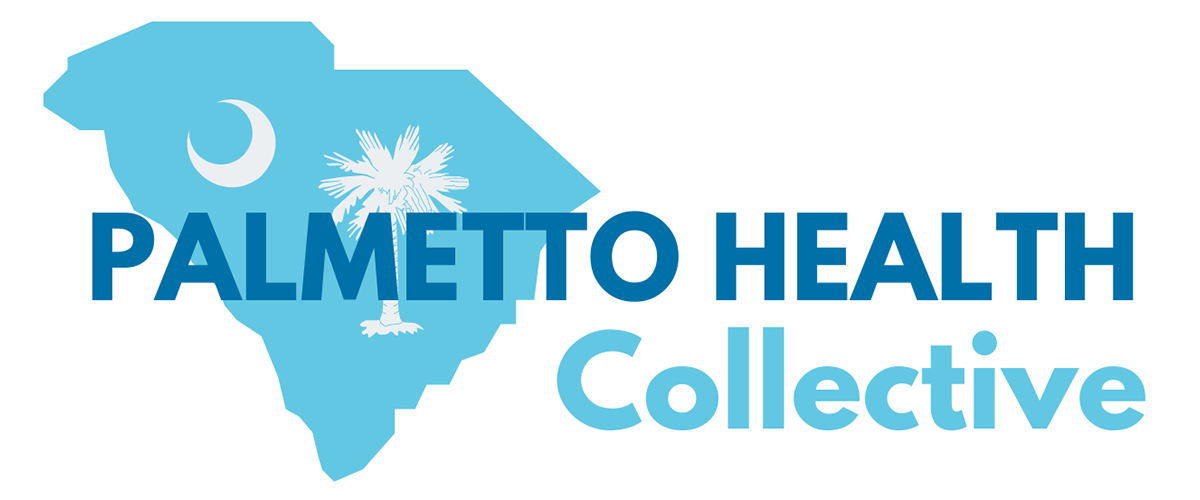When our daughter Daphne was diagnosed with Von Willebrand disease almost 8 years ago, we never expected to experience the challenges that we have since faced. As with most children, each year brought new challenges and new experiences, but with a chronic illness, these challenges seemed insurmountable. Everyday situations presented major obstacles; such as getting her first tooth, to learning to crawl, to starting school. The life of people directly impacted by chronic illnesses will always follow a unique path. For us, our first worry was, how can she live a normal life, our second worry was how will we be able to manage this disorder, and our third worry was how are we going to be able to afford living with an expensive chronic illness.
We are fortunate in that we did not live day to day worrying about paying for our medication, treatment, and hospital visits. Our insurance covered some of our medication cost with verylittle pushback. Our out-of-pocket maximum is high, but our medication manufacturer provided a copay assistance program to help cover the high cost. We did not have to worry about drainingour savings to manage her health care – we were able to look toward the future optimisticallythat we could provide her many opportunities and continue to save for emergencies andunexpected health costs due to perhaps an accident or other complication.
A few short months into our journey we started to realize that Daphne’s disorder was extremely severe. We were provided the opportunity to treat her at home prophylactically and during emergencies. We thought learning how to stick our then 3-year-old with a needle to infuse medicine would be the hardest challenge to overcome. But we got into a rhythm with treatment and life, and finally felt as thought we were on the upside of this disorder. We had begun tomanage her bleeding disorder and prevent major internal bleeding incidents.
Before we were able to treat our daughter at home, our quality of life was poor. We couldn’t do anything without the fear of having to go to the hospital. We couldn’t go to the park or for a walk without experiencing an emergency. One year we had thirteen emergency room visits. Daphne begun to exhibit signs of PTSD from the medical trauma she experienced; being held down to be able to put in an IV, being around doctors and nurses she did not know during some of the scariest experiences in her life, and dealing with the many needle pokes, both successful,and unsuccessful. We saw a therapist to help manage her PTSD that still – 6 years later –continues to affect her. We were not sure that she would be able to attend school. We ended up sacrificing a lot to ensure her safety. I was a stay-at-home mom before she was born. We had saved and planned on me staying home with our kids until they started school. Von Willebrand disease changed that plan. Before treatment, we were contemplating homeschooling her and me staying home with her indefinitely. We weren’t sure what the next few years would look like.
Prophylactic treatment at home was a lifesaver. She is now a typical kid who needs minimal accommodations in life. She has thrived due to her treatment plan and access to her medication. We cannot imagine going back to life before it. We know that preventative care can save pain and injury in the long term – especially when it comes to a bleeding disorder such as severe VonWillebrand disease. We have proven that preventative care in bleeding disorders will save emergency room visits and hospital stays. We know that preventative care in bleeding disorders keeps patients from needing additional mental health services and care. We also know that most people, including us, cannot afford the annual high costs associated with preventative care for severe chronic illnesses.
About a year after her first at home infusion, we received a notice from our insurance company about our copay assistance program. They would allow us to keep using this program, but it would not count towards our deductible and out-of-pocket maximum. At this point, we were aware of this happening with other insurance policies, but we were hoping it would not affect us. It is one thing to have to pay our out-of-pocket eight thousand maximum on occasion, but how can we afford it every year and for the rest of her life? We contacted our social worker at the Hematology Clinic who was well versed in copay accumulators. She indicated that there was nothing that could be done at the time and that we needed to find an alternative way to pay for Daphne’s care.
At this point, our only option was to apply for Medicaid for Daphne. Von Willebrand disease, Type 2B with Thrombocytopenia is rare, and it was even more rare to receive prophylactic treatment. There are not many options available to help manage the cost of this disorder. When applying for Medicaid, the process is understandably tough. Our journey included a hearing to show the state that we needed extra help. It’s extremely hard to qualify for coverage of expensive medication when you aren’t currently having problems because the medication is doing its job. We needed to prove that if she did not receive the treatment she currently receives, she would then meet the qualifications. To us, having Medicaid was necessary after the copay accumulator was added to our insurance policy. But Medicaid is, at this moment, more than we really needed. Unfortunately, it was our only option and now places the burden on the staterather than allowing us to utilize the copay assistance program and applying the assistance card towards our maximum out of pocket deductible.
We don’t know what the future holds for Daphne at this point. We hope to continue the path we are currently taking and be able to provide her the best care that she needs. We will face many challenging years ahead, but we will continue to fight for her needs and her life. She deserves to be able to live her life as normally as possible, without the burden of worrying about how she will access the medication she so desperately needs.
~ Samantha, Summerville, SC

